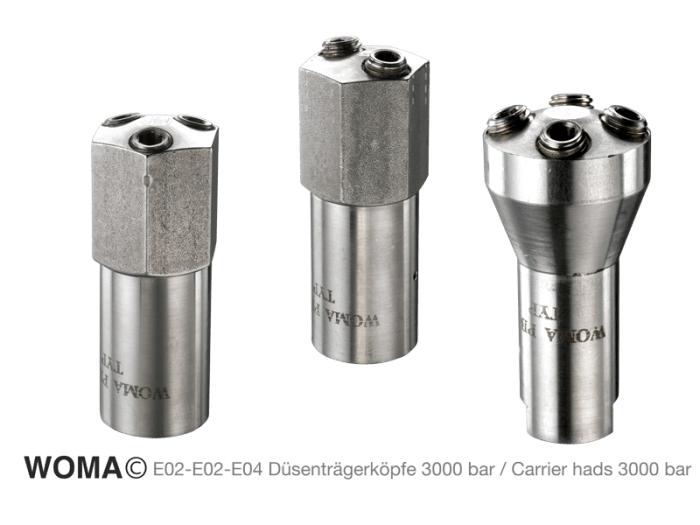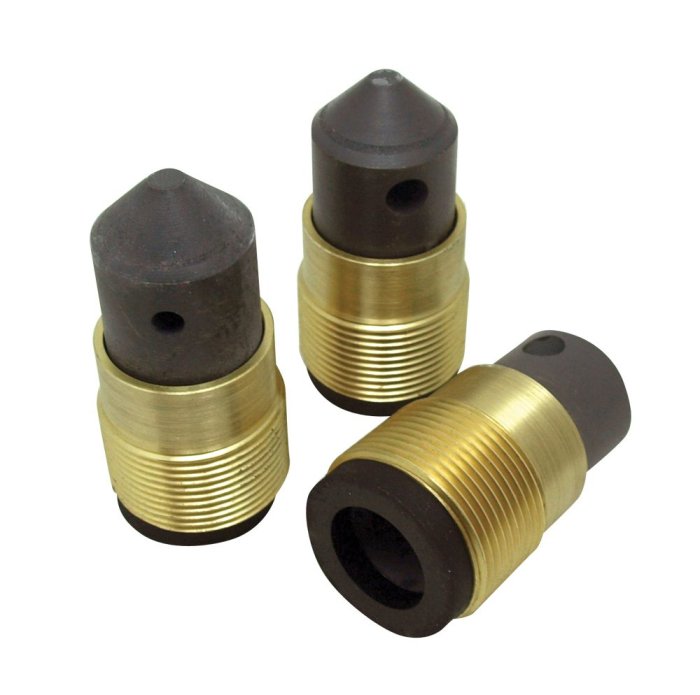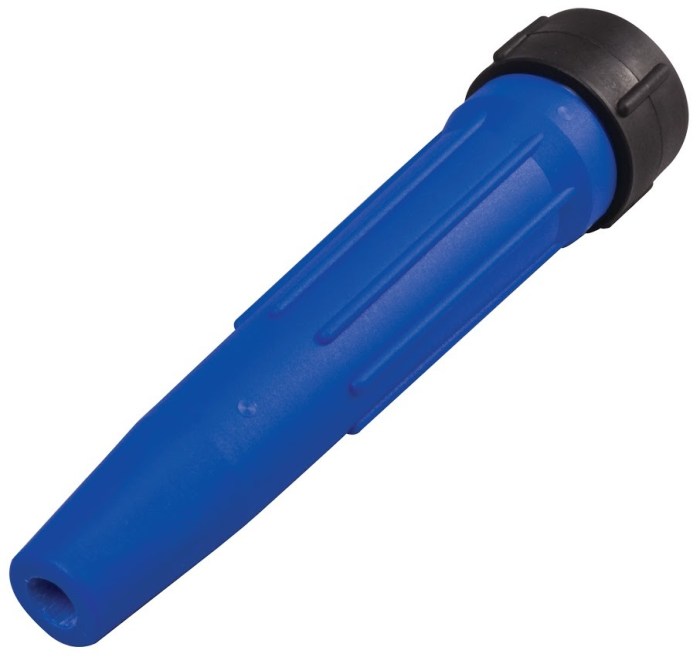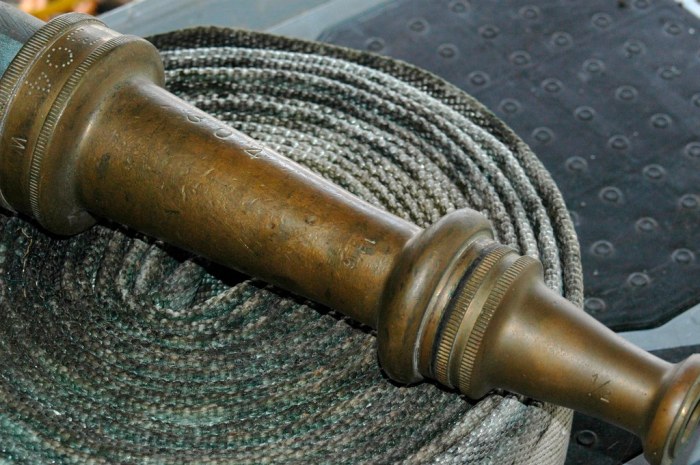Most smooth-bore nozzles are designed to operate at which pressure – Most smooth-bore nozzles are designed to operate at a specific pressure range to ensure optimal performance. Understanding the factors influencing operating pressure is crucial for effective nozzle design and application.
This article delves into the intricacies of operating pressure for smooth-bore nozzles, exploring design considerations, typical pressure ranges, optimization strategies, performance evaluation techniques, and case studies. By comprehending these aspects, engineers can harness the full potential of smooth-bore nozzles in diverse industrial applications.
Introduction: Most Smooth-bore Nozzles Are Designed To Operate At Which Pressure

Smooth-bore nozzles are a type of nozzle that has a smooth, cylindrical bore. They are commonly used in a variety of applications, including spraying, atomizing, and metering fluids. The operating pressure of a nozzle is the pressure at which the fluid is supplied to the nozzle.
The operating pressure of a smooth-bore nozzle is an important factor to consider when designing and using the nozzle. The operating pressure will affect the flow rate, spray pattern, and efficiency of the nozzle.
Design Considerations
The operating pressure of a smooth-bore nozzle is influenced by a number of factors, including:
- Nozzle geometry
- Material properties
- Fluid characteristics
Nozzle geometry refers to the shape and size of the nozzle. The geometry of the nozzle will affect the flow rate and spray pattern of the nozzle. The material properties of the nozzle will affect the durability and corrosion resistance of the nozzle.
The fluid characteristics will affect the viscosity and density of the fluid, which will in turn affect the flow rate and spray pattern of the nozzle.
Typical Operating Pressure Ranges

The typical operating pressure range for smooth-bore nozzles is between 10 and 100 psi. However, some nozzles can operate at pressures as low as 1 psi or as high as 1000 psi. The following table shows the typical operating pressure ranges for different types of smooth-bore nozzles:
| Nozzle Type | Material | Fluid | Operating Pressure Range (psi) |
|---|---|---|---|
| Spray nozzle | Brass | Water | 10-100 |
| Atomizing nozzle | Stainless steel | Oil | 50-200 |
| Metering nozzle | Plastic | Air | 1-10 |
Optimization for Specific Applications

When selecting a smooth-bore nozzle for a specific application, it is important to consider the operating pressure of the nozzle. The operating pressure should be high enough to provide the desired flow rate and spray pattern, but low enough to avoid damage to the nozzle or the equipment it is being used with.
There are a number of ways to optimize the operating pressure of a smooth-bore nozzle for a specific application. One way is to use a nozzle with a larger orifice. A larger orifice will allow more fluid to flow through the nozzle at a given pressure.
Another way to optimize the operating pressure is to use a nozzle with a longer bore. A longer bore will reduce the pressure drop across the nozzle, which will allow the nozzle to operate at a lower pressure.
Performance Evaluation

The performance of a smooth-bore nozzle can be evaluated using a number of methods. One method is to use a pressure gauge to measure the pressure drop across the nozzle. Another method is to use a flow meter to measure the flow rate through the nozzle.
The spray pattern of the nozzle can be evaluated using a spray pattern analyzer.
Case Studies
The following are case studies of successful applications of smooth-bore nozzles at specific operating pressures:
- A spray nozzle operating at 50 psi was used to spray water on a crop of plants. The nozzle provided the desired flow rate and spray pattern, and the plants thrived.
- An atomizing nozzle operating at 100 psi was used to atomize oil in a combustion engine. The nozzle provided the desired flow rate and spray pattern, and the engine ran efficiently.
- A metering nozzle operating at 5 psi was used to meter air in a laboratory experiment. The nozzle provided the desired flow rate and accuracy, and the experiment was successful.
FAQ Overview
What factors influence the operating pressure of smooth-bore nozzles?
Factors influencing operating pressure include nozzle geometry (diameter, length, shape), material properties (elasticity, strength), and fluid characteristics (viscosity, density, flow rate).
How can nozzle operating pressure be optimized for specific applications?
Optimization involves balancing pressure, flow rate, and efficiency. Higher pressure generally increases flow rate but may reduce efficiency. Selecting the optimal pressure range ensures desired performance without compromising efficiency.